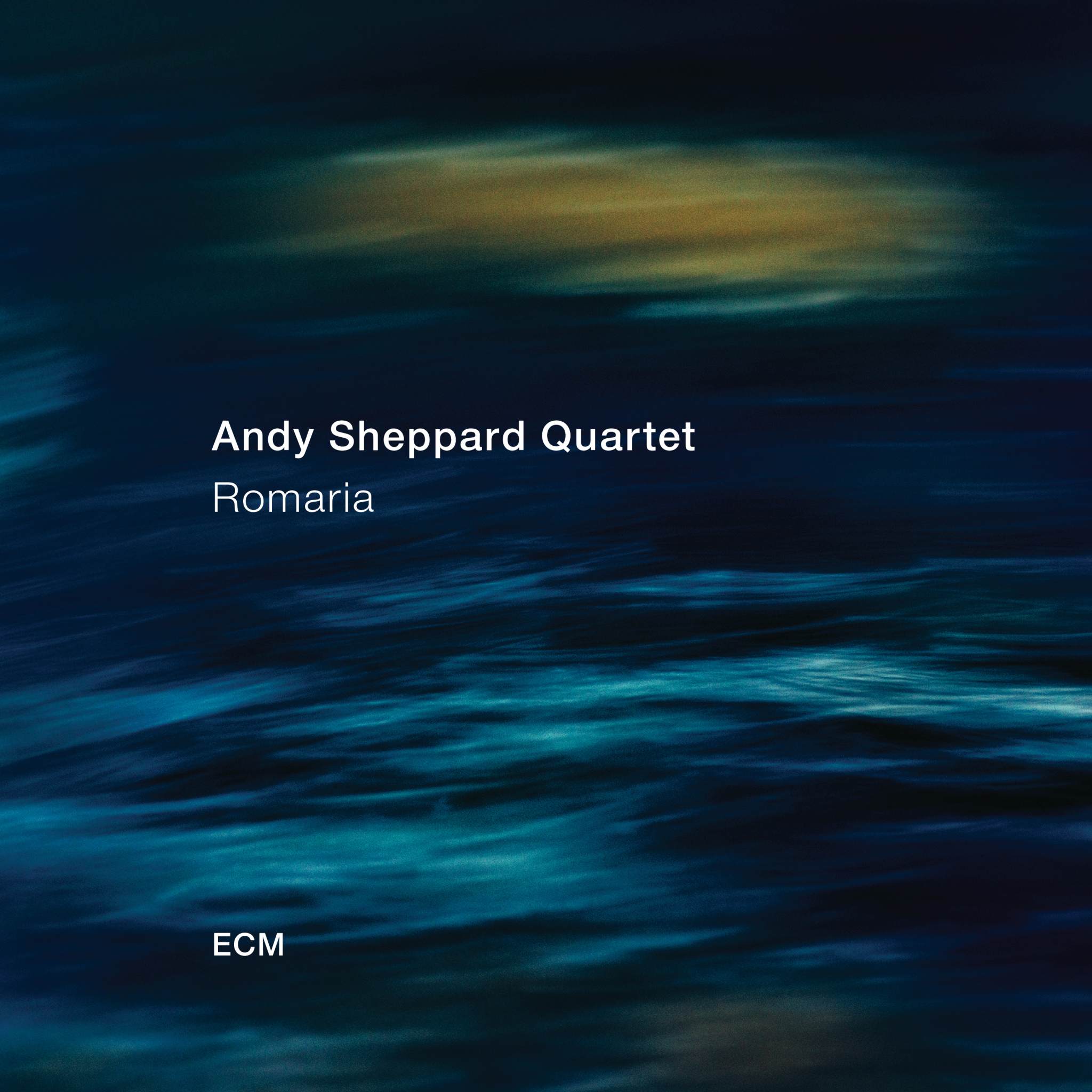Album insights
Beethoven’s three piano sonatas op. 90, 101, and 106 act as a bridge between those of the previous decade and the last three sonatas op. 109 to 111, composed in the 1820s. Though not originally conceived as a trilogy, they retrospectively form one. These sonatas present a progression in length and difficulty: comprised of two, three, and four movements, ranging from relatively simple to highly challenging pieces. Each sonata can stand alone and manages to stand out individually while collectively building up in length and complexity.
Sonata in E minor, op. 90:
Composed in the summer of 1814, shortly after the final version of Fidelio, this piece carries a dedication to Count Moritz Lichnowsky without a formal commission, as it was meant to be a surprise. Anton Schindler's interpretation linking the sonata to the Count’s romantic life is doubted due to timing. With a lyrical undertone, the first movement closes with a clear resolution that shapes the entire piece. The second movement, almost Schubertian in its melodious nature, weaves a tender E major melody. This sonata exudes a gentle, unhurried character throughout.
Sonata in A major, op. 101:
Considered part of Beethoven's "late" period of enhanced refinement and creativity, this sonata showcases intricate forms and increased use of polyphony. The composition process, which began in mid-1815 but halted till the following summer, culminated in November 1816. It includes a march instead of a standard minuet or scherzo, presenting a unique structural blend. The finale introduces complexities through its fugato segment, incorporating a new piano range element and showcasing Beethoven's innovativeness and musical depth.
Sonata in B flat major, "Hammerklavier," op. 106:
This substantial composition, commenced in 1817 and released in 1819, was expressly crafted for Beethoven's friend, Archduke Rudolph, a supporter and exceptional pianist. Known as the "Hammerklavier Sonata," its symphonic first movement's percussion resonates the nickname's origin. Beethoven's meticulous tempo markings and innovative harmonies reveal the piece's grandiose ambitions, challenging performers with each note's dual melodic and harmonic significance. The complex and demanding finale, a fugal masterpiece, stands as a pinnacle in Beethoven's repertoire.



